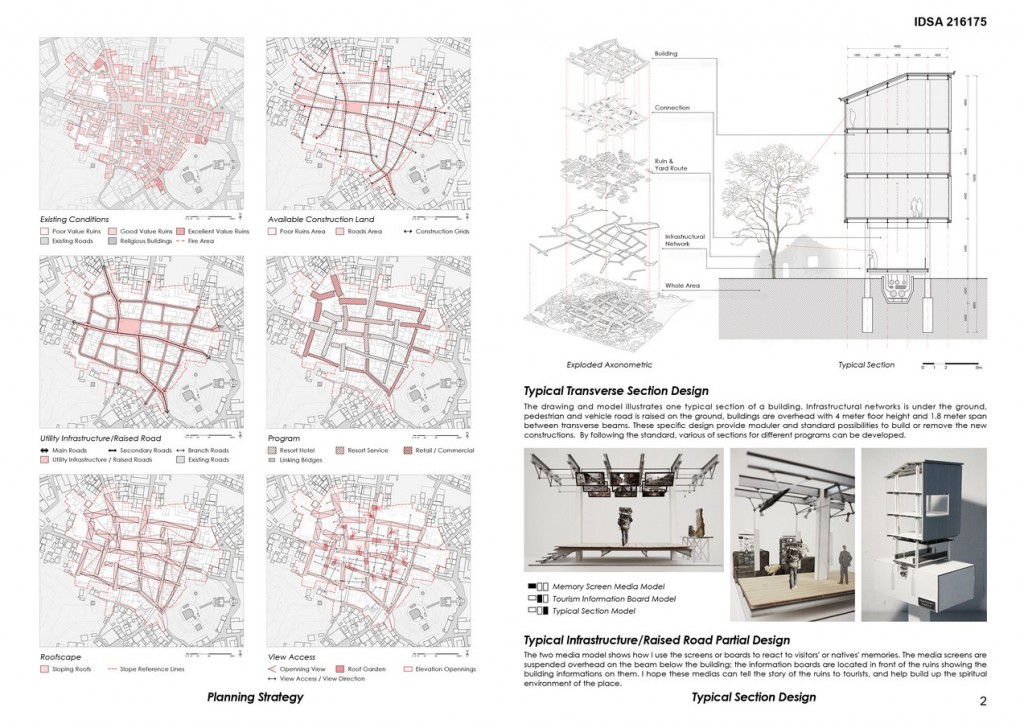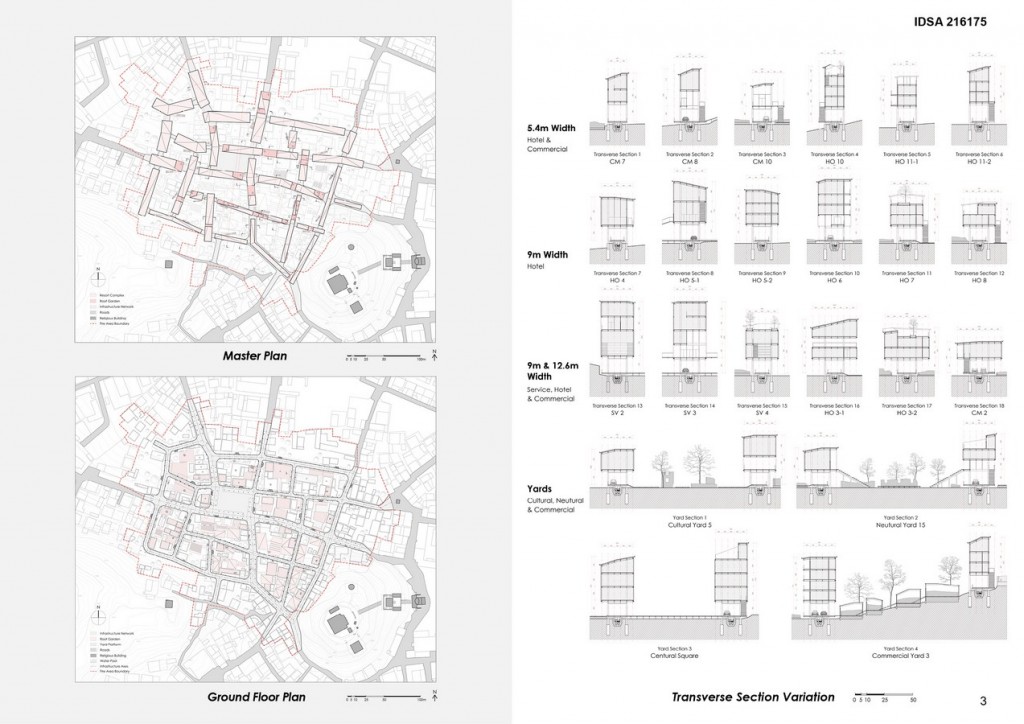Lost Horizon is a 1933 novel by English writer James Hilton. It is best remembered as the origin of Shangri-La, a fictional utopian lamasery high in the mountains of Tibet. In 2001, a small ancient town in Yunnan Province, P.R.C. won the battle of name right of Shangri-la. Shangrila does not exist, after decades of the publication of the novel, several towns fight over for the name right of Shangrila and eventually a poor town located in Yunnan province named Zhongdian won the battle.
Participant Name: Yi Tian
University: The University of Hong Kong
Country: Hong Kong

After winning the battle, the place changed name to shangrila, built an airport named shangrila airport, and also, began to reconstruct itself into a typical Chinese ancient town mode tourism destination. The boundary of the town has enlarged twice after changing the name, meanwhile, inns, bars and cafes which are not belong to here began to occupy more and more buildings in Shangrila.

In the reconstruction process of Dukezong Ancient Town. A large number of native moved away making room for merchants developing their businesses. Meanwhile, some of the buildings changed their programs from housing to others, some also changed their forms as well for the sake of attracting tourist.
In the midnight of Jan. 11th 2014, most of the town was destroyed by a fire:
– Two-third of this 1300-year-old town (which is known as the China’s best preserved Tibetan-style residences) was destroyed.
– More than 2,600 people have been evacuated from the ancient region of Shangri-La.
– 252 houses and shops have been burned to the ground.
– An estimated over 90 million RMB of damage has been caused by the fire.
– Burned Area: 65706sqm; Damaged Building Area: 59980sqm

After the Shangrila conflagration, two-third of the 1300-year-old ancient town has been burned into ashes. Both sides of tourism and culture have been damaged. My thesis is trying to utilize architectural methodology as a tool to challenge recovering the place and provide a solution to deal with the relationship between new constructions and existing ruins. The main tactic is to switch the figure-ground relations between roads and plots: keep the ruins as landscapes for attracting visitors, and build a resort complex upon the roads serving the whole Grand Shangrila Area. In this way, the thesis become a synthesis of two sides responding to the conflicts between culture represented by ruins and tourism represented by new constructions.
The quality of yards are separated into 3 categories: cultural, neutral and commercial. Cultural yards have the most respectful attitudes towards the ruins, while the commercial yards have the most open attitudes towards the ruins. Different programs are located properly inside/surround the yards to help create unique atmosphere of these yards.

The design methodology is three parallel process among urban planning strategy, building & yard design, and detail & section design. Different levels of design are merged together during the process. Under the commander of one strong tactic, we can see the mergence of architecture, landscape and urbanism in a more integrated manner.
In
Urban Design
Shangrila Rejuvenation Reconstruction of Shangrila Post-Fire Area | Yi Tian
3 Mins Read
Next Post
Community & Learning Centre | Jino Varkey
2 Mins Read





